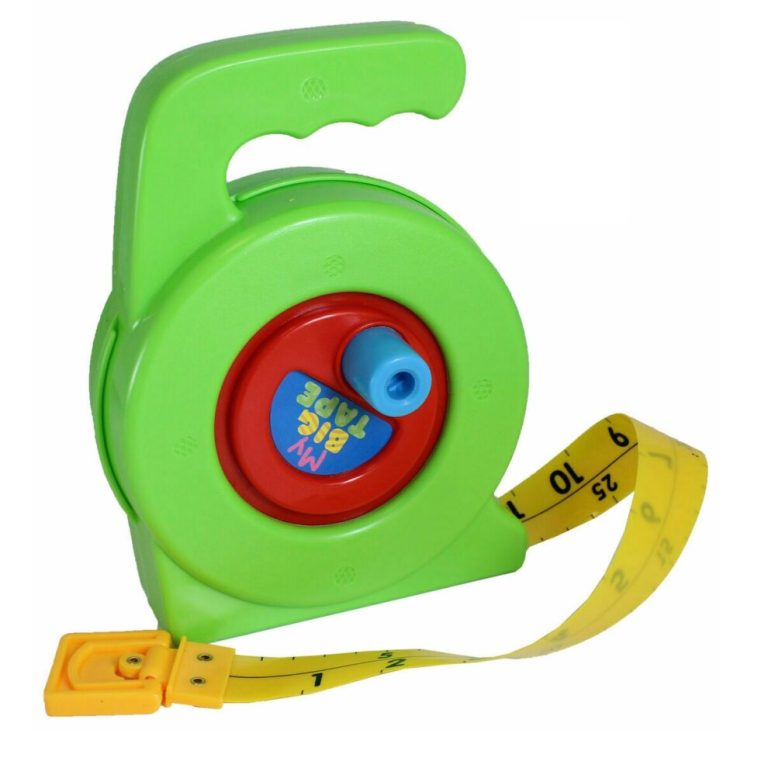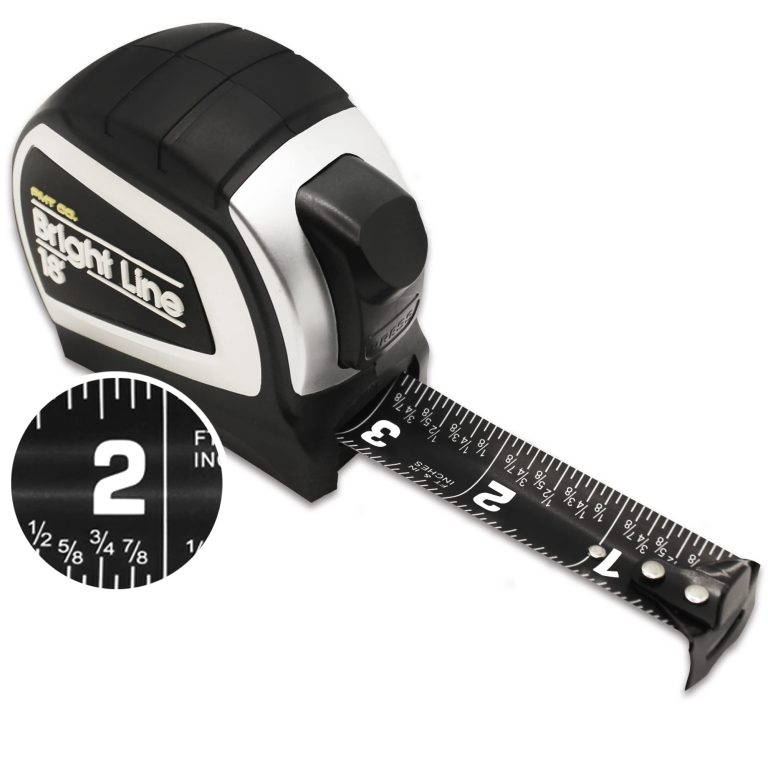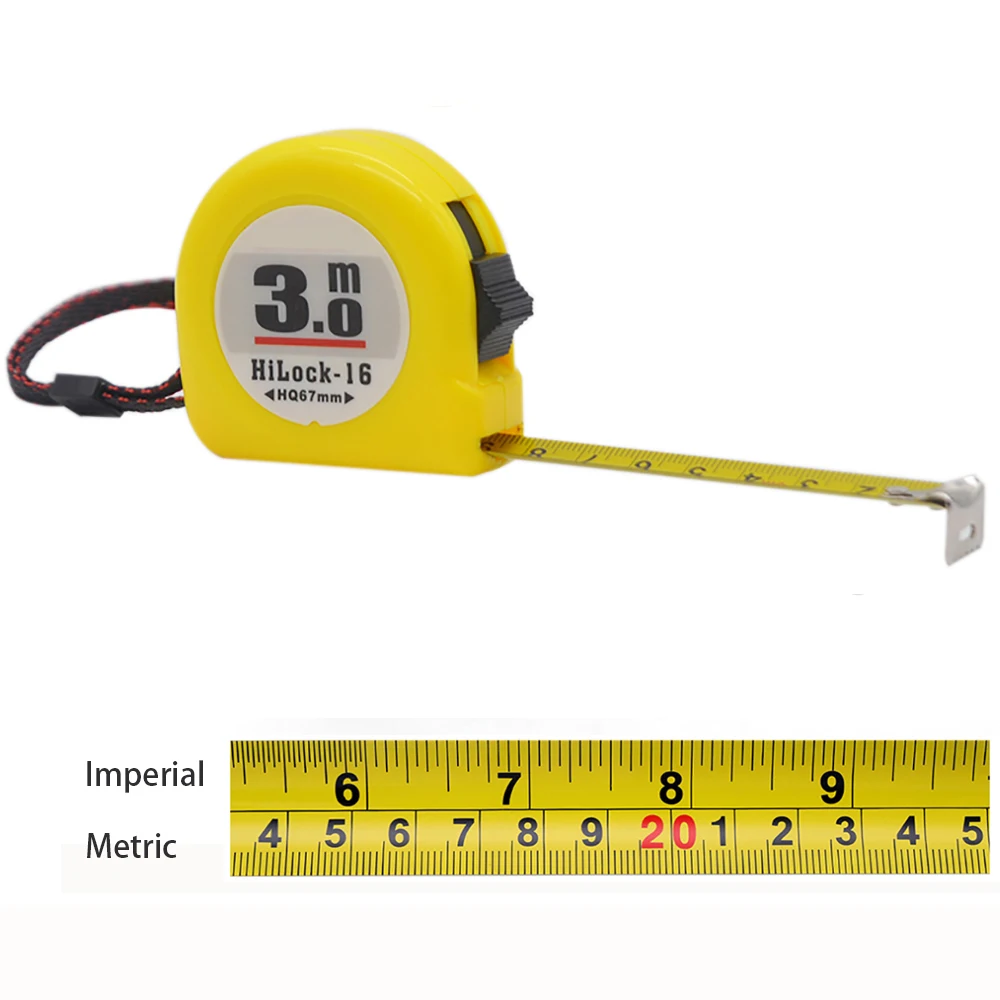
MM on a Tape Measure: Reading Measurements Accurately
Accurate measurements are essential in various fields, from construction and engineering to sewing and DIY projects. Understanding the mm on a tape measure can significantly enhance precision and efficiency in your tasks. This guide explores the significance of millimeters on tape measures, how to use them effectively, and the benefits they offer across different applications. Whether you’re a professional tradesperson or a hobbyist, mastering the use of millimeters on a tape measure will undoubtedly improve your measuring accuracy and overall project outcomes.
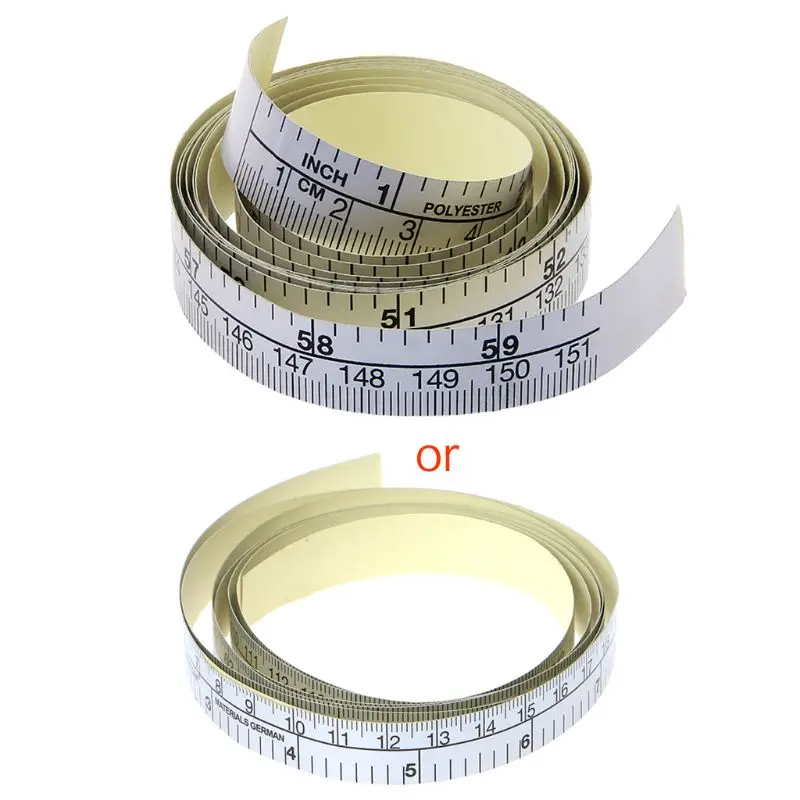 The Role of Millimeters on a Tape Measure
The Role of Millimeters on a Tape Measure
Millimeters (mm) play a crucial role in providing precise measurements. Unlike inches, which are more commonly used in some countries, millimeters offer a finer scale, allowing for greater accuracy in measurement.
Precision in Measurement
Millimeters allow for more detailed measurements, which is particularly important in fields that require high precision. For instance, in engineering and manufacturing, even slight discrepancies can lead to significant issues. By using the mm on a tape measure, professionals can ensure that their measurements are exact, reducing the risk of errors and improving the quality of their work.
Universality and Standardization
Millimeters are part of the metric system, which is used internationally. This standardization means that measurements are consistent and universally understood, making collaboration across different regions more straightforward. When you rely on the mm on a tape measure, you are adhering to a globally recognized system, facilitating communication and consistency in measurements.
Versatility Across Applications
The millimeter scale on a tape measure is versatile and applicable in various scenarios. From woodworking and construction to tailoring and crafting, millimeters provide the precision needed for accurate results. For example, when cutting materials or creating patterns, the fine gradations of millimeters help ensure that each piece fits perfectly, enhancing the overall quality of the project.
How to Read Millimeters on a Tape Measure
Reading millimeters on a tape measure is straightforward once you understand the markings and scales. Here’s a step-by-step guide to help you navigate the millimeter measurements effectively.
Understanding the Scale
Most tape measures feature both imperial (inches) and metric (millimeters) scales. The millimeter scale is typically marked alongside the main length of the tape. Each millimeter is represented by a small line, with every tenth millimeter usually indicated by a longer line or a number.
Identifying Key Markings
To read millimeters accurately, look for the longest lines or numbers that denote every ten millimeters (often labeled as 10 mm, 20 mm, etc.). The shorter lines between these markers represent individual millimeters. By counting these lines, you can determine the exact measurement in millimeters.
Practicing Accurate Reading
Accuracy comes with practice. Start by measuring simple objects, such as pencils or books, and gradually move to more complex items. By regularly using the mm on a tape measure, you’ll become more proficient in quickly and accurately reading measurements, enhancing your overall efficiency in tasks that require precision.
 Benefits of Using Millimeters on a Tape Measure
Benefits of Using Millimeters on a Tape Measure
Incorporating millimeters into your measuring toolkit offers several benefits that go beyond mere precision. These advantages can significantly impact the quality and outcome of your projects.
Enhanced Accuracy
Millimeters provide a higher level of accuracy compared to larger units like centimeters or inches. This enhanced accuracy is crucial in projects where even minor deviations can lead to significant issues, such as in engineering designs or detailed crafting.
Improved Consistency
Using millimeters ensures consistent measurements across different projects and tasks. This consistency is vital for maintaining quality and ensuring that all components of a project fit together seamlessly. Whether you’re working on multiple pieces of furniture or various components of a machine, millimeters help maintain uniformity.
Facilitates Complex Calculations
Millimeters are particularly useful in tasks that involve complex calculations or require precise dimensions. For example, when designing a piece of machinery, calculating the exact length of components in millimeters ensures that each part functions correctly within the larger system.
Professional Standards
Many professional industries mandate the use of metric measurements, including millimeters, to maintain standards and ensure accuracy. By utilizing the mm on a tape measure, professionals can adhere to industry standards, ensuring their work meets required specifications and quality benchmarks.
Common Uses of Millimeters on a Tape Measure
Millimeters on a tape measure are employed in a wide range of applications across different industries. Understanding these uses can help you appreciate the versatility and importance of millimeter measurements.
Construction and Carpentry
In construction and carpentry, precision is paramount. Millimeters are used to measure the length of materials, the dimensions of spaces, and the placement of structural elements. Accurate measurements ensure that buildings are structurally sound and that materials fit together correctly, minimizing waste and reducing the need for costly adjustments.
Engineering and Manufacturing
Engineers and manufacturers rely heavily on millimeter measurements for designing and producing components. Whether it’s creating blueprints for machinery or ensuring that parts are manufactured to exact specifications, millimeters on a tape measure provide the necessary precision for high-quality results.
Sewing and Tailoring
In sewing and tailoring, millimeters are used to measure fabric, seams, and patterns. This level of precision is essential for creating garments that fit perfectly and maintain the integrity of the design. Tailors use millimeters to ensure that all aspects of a garment are accurately measured and constructed.
DIY Projects and Home Improvement
For DIY enthusiasts and those involved in home improvement, millimeters on a tape measure are invaluable for tasks such as measuring furniture, planning layouts, and installing fixtures. Accurate measurements help ensure that home projects are completed efficiently and to a high standard.
Arts and Crafts
Artists and crafters use millimeters to achieve precise measurements in their work. Whether it’s creating detailed craft projects, designing models, or working on intricate artwork, millimeters provide the accuracy needed to bring creative visions to life.
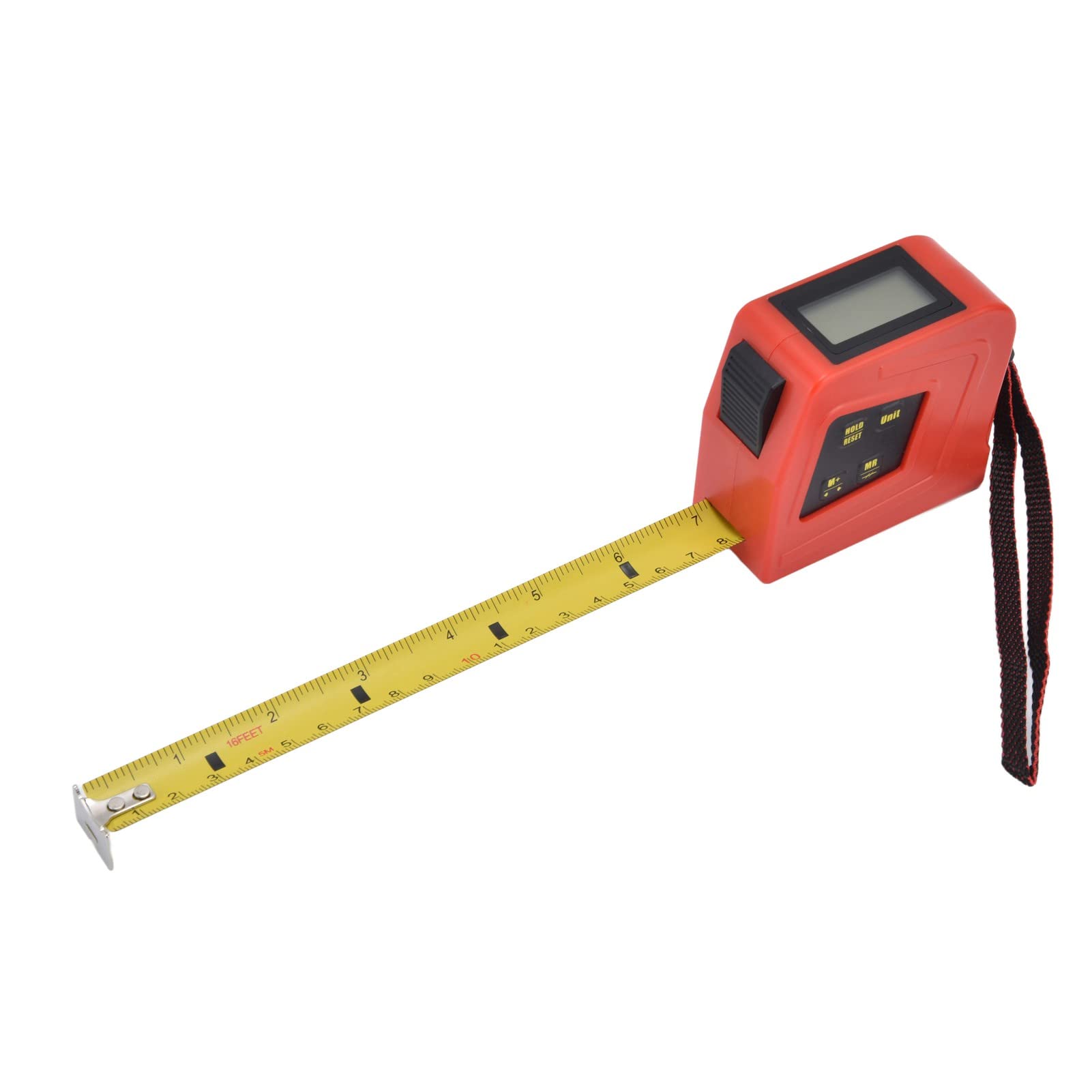 Tips for Using Millimeters on a Tape Measure Effectively
Tips for Using Millimeters on a Tape Measure Effectively
To make the most of the millimeters on your tape measure, follow these practical tips that enhance your measuring accuracy and efficiency.
Hold the Tape Measure Steady
Keeping the tape measure steady while taking measurements ensures accuracy. Use both hands to hold the tape securely, and make sure it is straight and taut against the object being measured to avoid any bending or slippage that could distort the measurement.
Use the Right Tool for the Job
Different tape measures may have varying levels of precision. For tasks requiring high accuracy, choose a tape measure that clearly marks millimeters and offers fine gradations. This ensures that you can read the measurements accurately and make precise cuts or adjustments as needed.
Double-Check Measurements
Always double-check your measurements to confirm accuracy. Measuring twice can prevent errors and ensure that your project aligns with the intended specifications. This practice is especially important in complex projects where precision is critical.
Practice Regularly
Regular practice is essential for becoming proficient in reading millimeters on a tape measure. Measure various objects and components frequently to build your confidence and accuracy. Over time, you’ll develop a keen eye for precise measurements, making the process faster and more intuitive.
Keep the Tape Measure Clean and Calibrated
A clean and well-maintained tape measure ensures that millimeter markings remain clear and easy to read. Regularly inspect your tape measure for any signs of wear or damage, and make sure the markings are accurate. A clean tool provides reliable measurements and extends the lifespan of your tape measure.
Common Mistakes to Avoid When Using Millimeters on a Tape Measure
Even with the best tools, mistakes can occur if proper techniques are not followed. Being aware of common errors can help you avoid them and ensure accurate measurements every time.
Not Reading the Tape Measure Correctly
Misreading the tape measure is a common mistake that can lead to inaccurate measurements. Ensure that you are focusing on the correct millimeter markings and that you are interpreting the scale properly. Take your time to read the measurements carefully to avoid errors.
Applying Excessive Force
Applying too much force when using a tape measure can cause it to bend or stretch, leading to inaccurate readings. Gently extend and retract the tape, allowing it to lay flat against the object being measured without forcing it. This approach preserves the tape measure’s integrity and ensures accurate measurements.
Ignoring the Zero Point
Always start measuring from the zero point on the tape measure. Ignoring the starting point can result in incorrect measurements, especially when working with smaller increments like millimeters. Make sure the tape measure is aligned correctly with the object’s starting point to maintain accuracy.
Relying Solely on Estimates
Avoid relying on estimates when precision is required. Instead, use the millimeters on a tape measure to obtain exact measurements. Estimations can lead to significant discrepancies, particularly in projects that require tight tolerances.
Failure to Double-Check
Neglecting to double-check measurements can result in errors that affect the entire project. Always verify your measurements by re-measuring and confirming that they are consistent and accurate. This practice helps catch mistakes early and ensures the quality of your work.
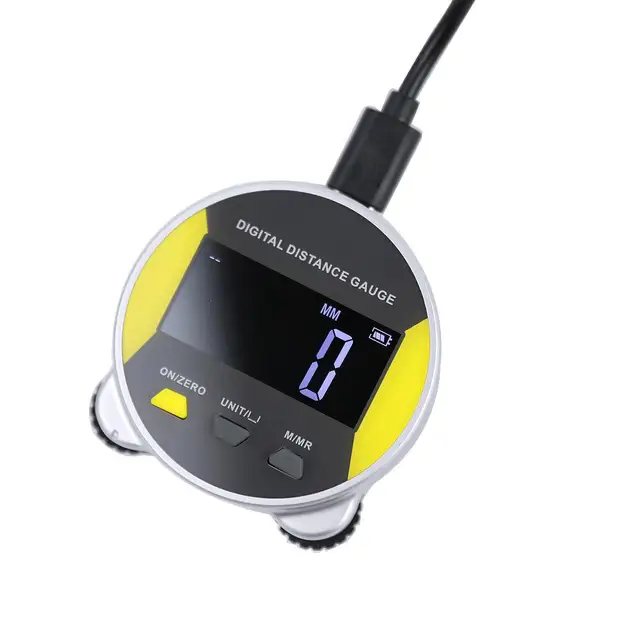 Advanced Techniques for Using Millimeters on a Tape Measure
Advanced Techniques for Using Millimeters on a Tape Measure
For those who have mastered the basics, here are some advanced techniques to enhance your measuring skills with millimeters on a tape measure.
Measuring Diagonal Lengths
When measuring diagonal lengths, such as the diagonal of a rectangular object, use the millimeters on your tape measure for greater accuracy. Extend the tape measure across the diagonal, ensuring it is straight and taut. This technique is useful in woodworking and construction to ensure that angles and dimensions are precise.
Using Calipers for Enhanced Precision
For tasks that require extremely high precision, consider using calipers in conjunction with your tape measure. First, use the tape measure to get an approximate measurement, then use calipers to fine-tune the measurement to the exact millimeter. This dual approach ensures maximum accuracy in intricate projects.
Marking Measurements Accurately
When marking measurements in millimeters, use a sharp pencil or fine-tip marker to ensure that the lines are clear and precise. Accurate markings are essential for making precise cuts and adjustments, especially in detailed work such as crafting
Converting Between Units
While millimeters provide fine precision, there may be instances where you need to convert between millimeters and other units like centimeters or inches. Understanding the conversion can help you quickly switch between scales without losing accuracy. For example, knowing that 10 millimeters equal 1 centimeter can streamline your measuring process.
Utilizing Increments Effectively
Millimeters on a tape measure often have smaller increments between larger marks. Learning to utilize these increments effectively allows you to make more precise and nuanced measurements. Practice estimating the exact millimeter between marked increments, enhancing your ability to measure accurately without always relying on the longest lines or numbers.
Choosing the Right Tape Measure with Millimeters
Selecting the right tape measure that features millimeters is crucial for ensuring accuracy and ease of use. Here are some factors to consider when choosing a tape measure with millimeters.
Quality of Markings
Ensure that the millimeter markings on the tape measure are clear and easy to read. High-quality tape measures have precise and well-defined markings that make it simple to identify exact measurements. Avoid tape measures with faded or blurry markings, as they can lead to reading errors.
Durability and Material
Choose a tape measure made from durable materials that can withstand regular use. Recycled metal or reinforced nylon tapes offer better durability and flexibility, ensuring that the tape measure remains functional over time. A sturdy casing also protects the internal components from damage.
Length of the Tape Measure
Consider the length of the tape measure based on your typical measuring needs. For most household and basic professional tasks, a 5-meter or 10-meter tape measure with millimeters should suffice. Longer tape measures are available for more extensive projects, while shorter ones may be more convenient for smaller tasks.
Ease of Use
Look for tape measures that are easy to handle and operate. Features like a comfortable grip, a reliable locking mechanism, and a smooth retraction system enhance usability. A tape measure that is easy to manipulate ensures that you can measure quickly and accurately without frustration.
Additional Features
Some tape measures come with extra features that can be beneficial, such as built-in levels, magnetized tips for easier placement, or dual scales (metric and imperial). These features can add versatility and convenience, making the tape measure more useful across different tasks.
 Conclusion: MM on a Tape Measure for Superior Precision
Conclusion: MM on a Tape Measure for Superior Precision
Understanding and effectively using the mm on a tape measure is essential for achieving superior precision in various tasks and projects. Whether you are involved in construction, engineering, crafting, or everyday DIY activities, mastering millimeter measurements enhances accuracy, consistency, and overall project quality. By selecting the right tape measure, practicing accurate reading techniques, and maintaining your tool properly, you can leverage the full benefits of millimeters in your measuring routine. As technology continues to advance, the role of millimeters on tape measures will only become more integral, offering even greater precision and convenience. Embrace the importance of millimeters on a tape measure today, and elevate your measuring skills to new levels of excellence.
